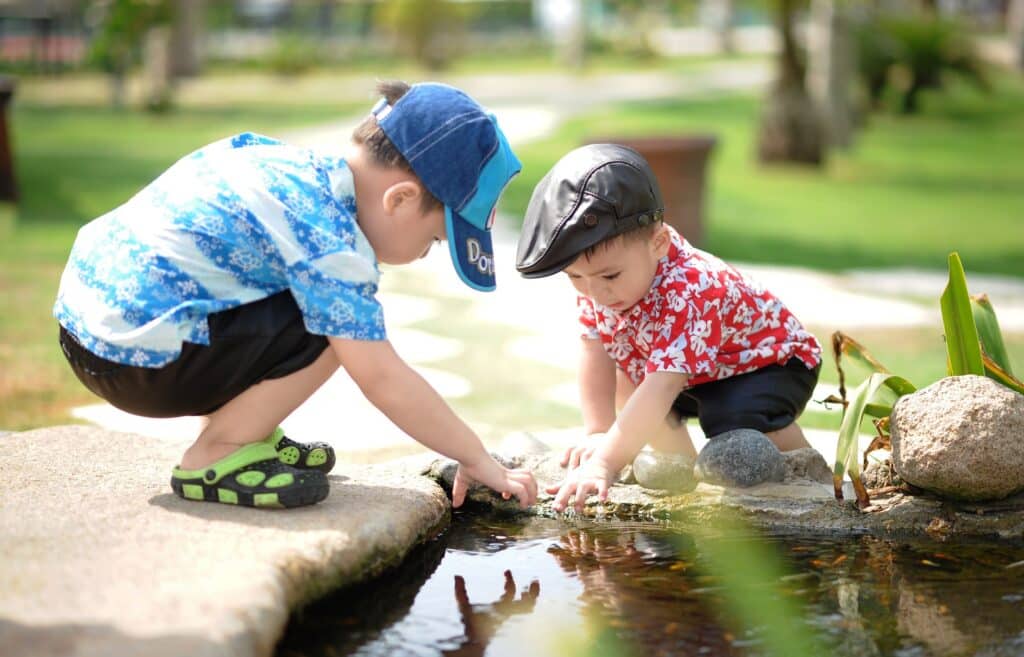Keeping children physically active is really important for their overall health and well-being. Here are some ways that you can keep your children physically active!
What To Do To Keep Your Children Physically Active
- Outdoor Play
Encourage outdoor play by providing opportunities for your children to engage in activities such as playing at the park, riding bikes, playing tag, playing sports, or going for walks or hikes. Outdoor play promotes physical activity, fresh air, and exposure to nature, which are all beneficial for children’s physical development.
- Sports and Recreational Activities
Encourage your children to participate in sports and recreational activities that interest them. This could include organized sports such as soccer, basketball, gymnastics, swimming, or dance classes. These activities not only promote physical activity but also help develop important motor skills, coordination, and teamwork.

- Family Activities
Plan regular family activities that involve physical activity, such as hiking, biking, playing catch, or playing active games together. Family activities not only promote physical activity but also create opportunities for bonding and quality time together as a family.
- Limit Screen Time
Set limits on screen time and encourage your children to engage in physical activities instead. Encourage them to participate in a variety of activities that involve movement and physical exertion, rather than spending excessive time sitting and watching screens.
- Active Play Indoors
Encourage active play indoors during inclement weather or when outdoor play is not possible. This could include activities such as dancing, playing hide-and-seek, playing indoor sports like mini basketball or bowling, or setting up an obstacle course at home.

- Walking or Biking to School
If feasible, encourage your children to walk or bike to school or other nearby destinations. This promotes physical activity, independence, and a sense of responsibility for their own health and well-being.
- Encourage Free Play
Allow time for unstructured free play, where children can engage in activities of their choice that involve movement and physical activity. This could include running, jumping, climbing, swinging, or playing with balls or other toys that promote physical activity.
- Be a Role Model
Set a positive example by being physically active yourself. Children are more likely to engage in physical activity if they see their parents and caregivers being active and prioritizing physical health.
Remember to always prioritize safety during physical activities, provide age-appropriate activities, and consider your child’s interests and abilities. It’s important to make physical activity fun and enjoyable for children, so they are more likely to develop a lifelong habit of being physically active.
